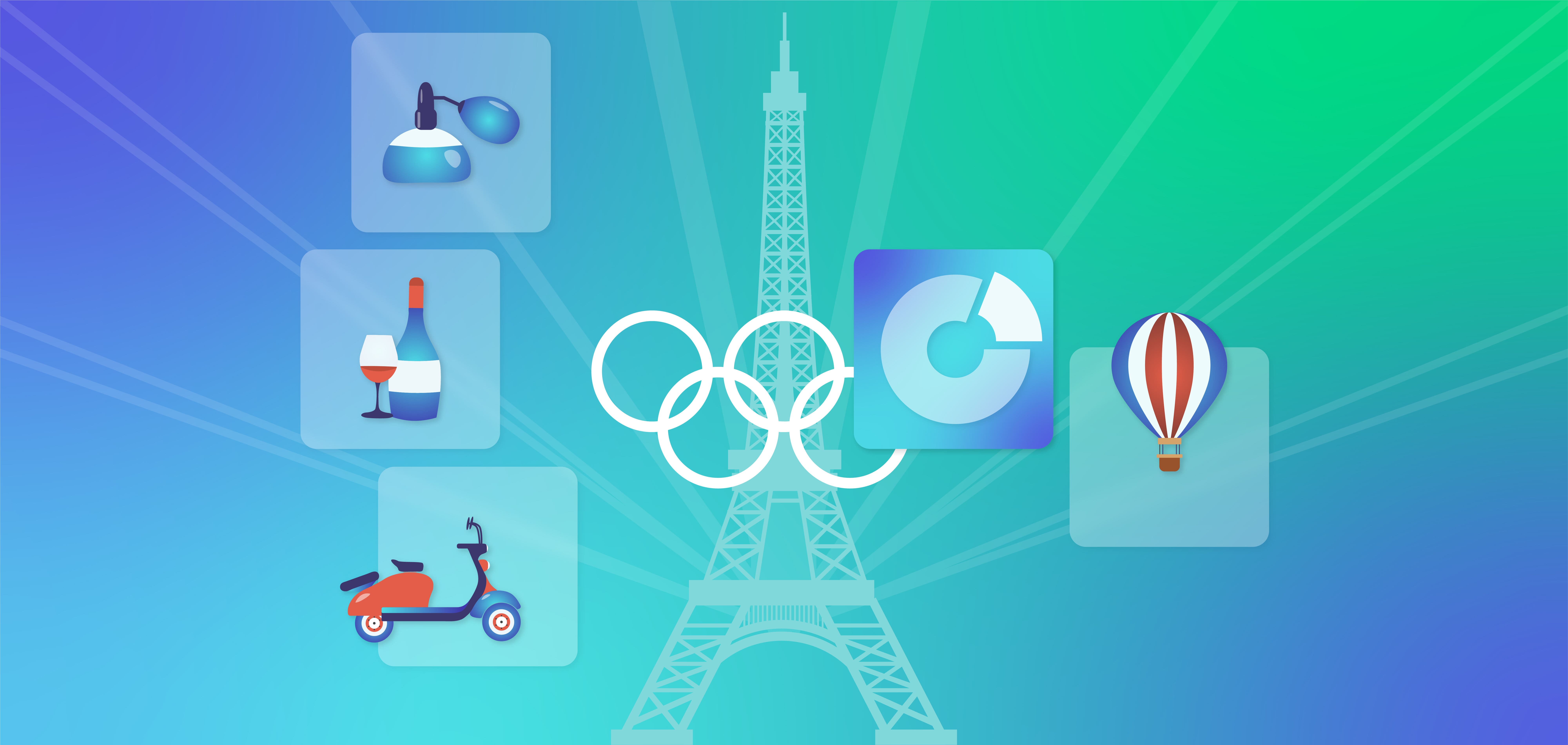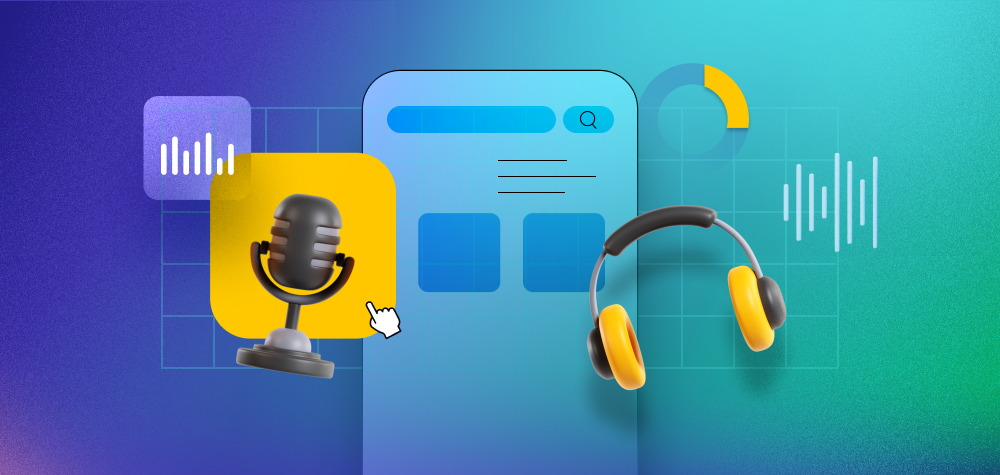Waterfall bidding is a programmatic advertising method that’s nearly as old as the internet itself. It’s slow, inefficient, and its technical process is largely mysterious to publishers, advertisers, and the public.
And yet, waterfall advertising is still alive and well, despite the widespread availability and adoption of a technologically superior alternative: Header bidding.
Why?
In this article, we’ll define waterfall advertising and header bidding, their history, their pros and cons, and why publishers are still hesitant to kill waterfall advertising in the modern era.
What is waterfall advertising?
In its simplest form, publishers who adopt a waterfall advertising strategy work with a predefined list of ad-serving platforms, ranked from best-performing to worst-performing.
When it’s time to display an ad, the publisher will ask the best-performing platform for a relevant ad that meets or exceeds the publisher’s price floor—the minimum amount of money the publisher will accept to display an ad.
If the top-performing platform can’t come up with an ad in time, the publisher will move on to the second platform on the list, then the third, and so on, until they find an ad platform that can serve them an acceptable ad.
Typically, publishers lower their price floor with each hop down the waterfall, in hopes of finding the highest-paying ad in the shortest time possible.
Ad-serving platforms can even appear in multiple places on the waterfall, like so:
- Publisher asks Platform A for an ad that pays a CPM of $1.50 or higher.
- If no ad is found, the publisher asks Platform B for an ad that pays a CPM of $1.40 or higher.
- If no ad is found, the publisher asks Platform C for an ad that pays a CPM of $1.30 or higher.
- If no ad is found, the publisher asks Platform A for an ad that pays a CPM of $1.20 or higher.
Waterfall advertising emerged as a popular advertising technique in the late 1990s, as a way for large publishers to prioritize their own negotiated ad supply first, and sell any remaining ad units to a preferred list of ad-serving platforms next.
The advantages of waterfall advertising
Despite its flaws, waterfall advertising has one major advantage: It gives publishers the highest degree of control over their advertising experience.
Publishers can define which ad platforms they’re willing to work with, and in which order. Publishers that are large enough can negotiate competitive rates with specific ad platforms and place those platforms at the top of their list in the waterfall process.
A publisher’s ability to negotiate a better revenue split with its adtech partners relies on how much traffic they generate, and the value of their audience. Publishers who reach that scale are typically classified as “premium inventory” in the advertising industry.
Brands prefer to display ads on premium inventory, so advertising platforms that want to attract brands have a vested interest in negotiating special deals with premium publishers.
Better still, publishers that are large enough can negotiate their own advertising deals with brands, cutting out several adtech middlemen.
With waterfall advertising, publishers prioritize their own negotiated ad deals at the top of the waterfall, making sure the brands they work with appear in the best ad spots on their properties.
The disadvantages of waterfall advertising
There are three major disadvantages to waterfall advertising: It’s slow, it requires active management, and it’s not the most efficient way to find the best-paying ads.
Waterfall advertising can lead to latency issues on webpages and mobile apps, which results in a higher bounce rate from users.
With each “hop” down the waterfall, a publisher needs to give the ad platform next on the list a chance to send their best ads back to the publisher’s ad server. In some cases, if the page is loading too slowly, a publisher can cut off the waterfall process prematurely, impacting their advertising fill rate and eCPM.
The waterfall advertising method requires active management. A publisher might find ad platforms A, B, C, and D deliver the highest CPMs in North America, but deliver mid-tier CPMs in Asia. To maintain a healthy eCPM rate, the publisher needs to build a separate waterfall for traffic from Asia, involving ad platforms C, L, Q, and X.
The waterfall method requires constant testing, tweaking, and optimization to run well.
Finally, waterfall advertising is an inefficient process for price discovery.
For example, a publisher who has five ad-serving platforms in its waterfall doesn’t have visibility into the highest-paying ads on all platforms at the same time—they must ask each platform individually, like so:
- Publisher sells 5% of its ad inventory to Platform A at a CPM of $1.50 or higher.
- Publisher sells 20% of its ad inventory to Platform B at a CPM of $1.40 or higher.
- Publisher sells 70% of its ad inventory to Platform C at a CPM of $1.30 or higher.
- Publisher sells the remaining 5% of its ad inventory to Platform D at a CPM of $1.20 or higher.
In this example, the publisher didn’t see any ads from the fifth ad platform in its waterfall, because all the ad units were filled, and the waterfall process ended.
What is header bidding?
Publishers who instead use the header bidding technique include a short line of code in the header section of their webpages that triggers a nearly instantaneous auction for the ad units on the page as soon as the page loads.
In roughly half a second, the auction is complete. The publisher gets paid, and ads appear on the page. Most people have no idea that a highly complicated transaction involving super-fast computers and multiple ad technology platforms has taken place.
With header bidding, ad-serving platforms get an equal chance to win the auction. In theory, this results in higher payouts to publishers because they’re always able to find the highest-paying ad, like so:
- Using header bidding, a publisher asks all ad-serving platforms simultaneously for an ad that pays a CPM of $1.50 or higher.
- Platform K returns an ad that pays a CPM of $1.53.
Live auctions for advertising also exist in mobile apps, where it’s called in-app header bidding.
Header bidding was conceived on paper in the late 1990s as a more efficient solution to digital advertising. It wasn’t until 2015 that the necessary technology emerged to turn the concept into reality. Today, an estimated 90 percent of large publishers use header bidding in some form.
In a 2020 study of header bidding involving roughly 400,000 auctions, header bidding returned a median CPM of $1.15, compared to the waterfall advertising method, which returned a median CPM of $0.90.
The advantages of header bidding
Header bidding has three major advantages: It’s fast, it’s efficient at finding high-paying ads, and it gives ad platforms a better chance at competing with the dominant players in the space: Google, Facebook, and Amazon.
Header bidding can either happen in the browser (also known as client-side header bidding) or on super-fast computers in the cloud (also known as server-side header bidding). Both techniques are usually faster than the waterfall advertising technique, which means faster apps and faster-loading webpages.
Header bidding puts all ad platforms on equal footing, allowing every platform to send in their highest-possible bids for ad space. In theory, this results in a more efficient price discovery process for publishers, and better-paying ads.
In a 2020 study, researchers found that publishers who used header bidding and connected to multiple ad platforms saw a 28 percent increase in their median CPM. At the time, researchers found that 60 percent of websites used four ad-serving platforms or less in their waterfall process.
“It is indeed in the publishers’ best interests to connect with many ad exchanges,” the researchers wrote. “At least more than the current number of ad exchanges they are using.”
Finally, header bidding wrests back some of the control over the adtech ecosystem from industry giants like Google, which has built dominant products that own every step of the waterfall process.
In theory, header bidding gives hundreds of ad-serving platforms equal footing when bidding. Robust competition is good for advertisers, publishers, and consumers.
The disadvantages of header bidding
If the waterfall advertising technique gives publishers more control, the big disadvantage of header bidding is publishers’ relative lack of control.
Header bidding gives publishers the power to connect to hundreds of ad-serving platforms, but relatively little control over the types of ads that win bids and get displayed on their properties.
Advertisers also feel the pain related to lack of control over where their ads are displayed.
A 2023 study by the Association of National Advertisers found that the average ad campaign now appears on 44,000 websites—with roughly 20 percent of ad impressions going to low-quality, “made for advertising” websites.
Hybrid bidding: The best of waterfall and header bidding in one
Despite its many drawbacks, there are still meaningful benefits to the waterfall advertising strategy.
Publishers today still want to keep aspects of the waterfall strategy in their programmatic advertising toolbox—particularly if they want to see premium advertising inventory on their media properties and have the scale to negotiate direct deals with ad-serving platforms and brands.
On the flip side, publishers who ignore header bidding entirely could be missing out on potentially higher CPMs for their advertising inventory.
Hybrid bidding is one solution that marries the best of both approaches.
With a hybrid approach, publishers run an open auction using header bidding, which returns an ad that now dynamically becomes the publisher’s new price floor.
Then, the publisher enters a traditional waterfall process, where each ad-serving platform in the waterfall attempts to beat the new, dynamic price floor set by the header bid.
Hybrid bidding allows publishers to protect their CPM upside while retaining more control over the ads that get published on their properties.
Are you a mobile app publisher interested in maximizing your advertising revenue? Download Start.io’s mobile monetization SDK today.



